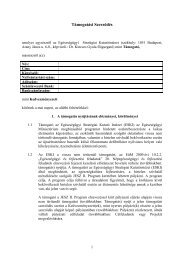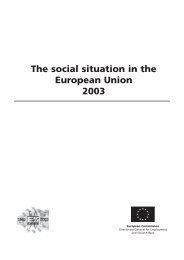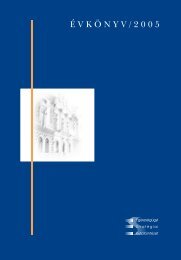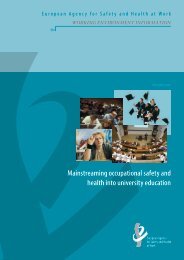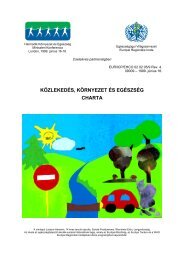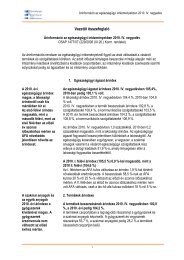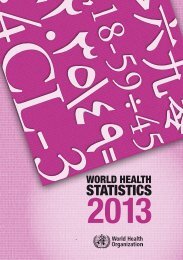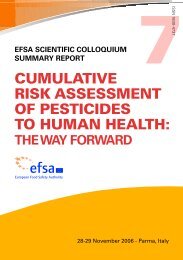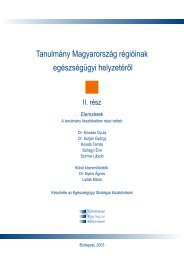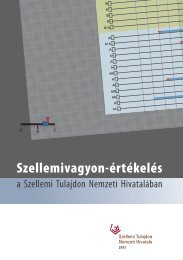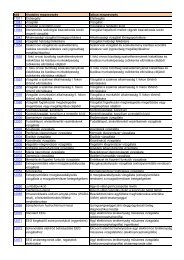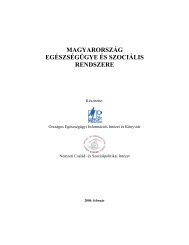WHO Technical Report Series, No. 981 - World Health Organization
WHO Technical Report Series, No. 981 - World Health Organization
WHO Technical Report Series, No. 981 - World Health Organization
You also want an ePaper? Increase the reach of your titles
YUMPU automatically turns print PDFs into web optimized ePapers that Google loves.
<strong>WHO</strong> Expert Committee on Specifications for Pharmaceutical Preparations Forty-seventh report<br />
risk in any given situation and can be pragmatic regarding the level of scrutiny<br />
and degree of formality required.<br />
5.2 QRM application to inspection strategy<br />
5.2.1 Risk management in inspections<br />
The inspection section or unit of an MRA should operate within a written,<br />
implemented quality management system (11). SOPs should be followed for<br />
activities including (but not limited to) inspection planning, review of corrective<br />
and preventive actions after inspections and complaint handling and investigation.<br />
Where appropriate, the procedures and activities during inspection should be in<br />
line with the principles of QRM.<br />
The unit should have a risk management plan that describes the<br />
philosophy, approach, procedures and implementation of risk management. The<br />
risk management plan should be reviewed and updated on a continuous basis, or<br />
at least annually, and should cover all types of inspections (including GMP, good<br />
clinical practices (GCP), good laboratory practices (GLP)) and other activities.<br />
Appropriate risk assessment tools should be used in the process, and<br />
the risk assessment for a site to be inspected should be documented on a risk<br />
assessment worksheet. Records should be maintained.<br />
A metric system should be used for risk ratings, e.g. on a scale from 1 to 3.<br />
<strong>WHO</strong> <strong>Technical</strong> <strong>Report</strong> <strong>Series</strong> <strong>No</strong>. <strong>981</strong>, 2013<br />
5.2.2 Inspection planning and conduct<br />
The frequency and scope of inspections should be determined based on risk<br />
assessment that covers product risk and patient risk.<br />
Risk rating should normally be done only for sites that have been<br />
previously inspected. The risk assessment worksheet should be completed after<br />
every inspection. Inspection of a site that has not been inspected previously<br />
may be waived only in cases where a recognition procedure exists between<br />
regulatory inspection units, and where, in addition, appropriate evidence of GXP<br />
compliance is available which indicates that there is no risk or an acceptably low<br />
risk to products and patients.<br />
Various factors should be considered in the risk assessment exercise, and<br />
these factors may be different for the different types of GXP inspections. Risk<br />
factors to be considered depend on the type of inspection, and may include:<br />
■■<br />
■■<br />
■■<br />
■■<br />
■■<br />
outcome of inspection by another regulatory authority;<br />
outcome of the previous inspection;<br />
complexity of the site (e.g. buildings, utilities);<br />
complexity of the product (e.g. sterile, non-sterile);<br />
type of product (e.g. biological, low-dose);<br />
82



